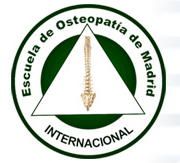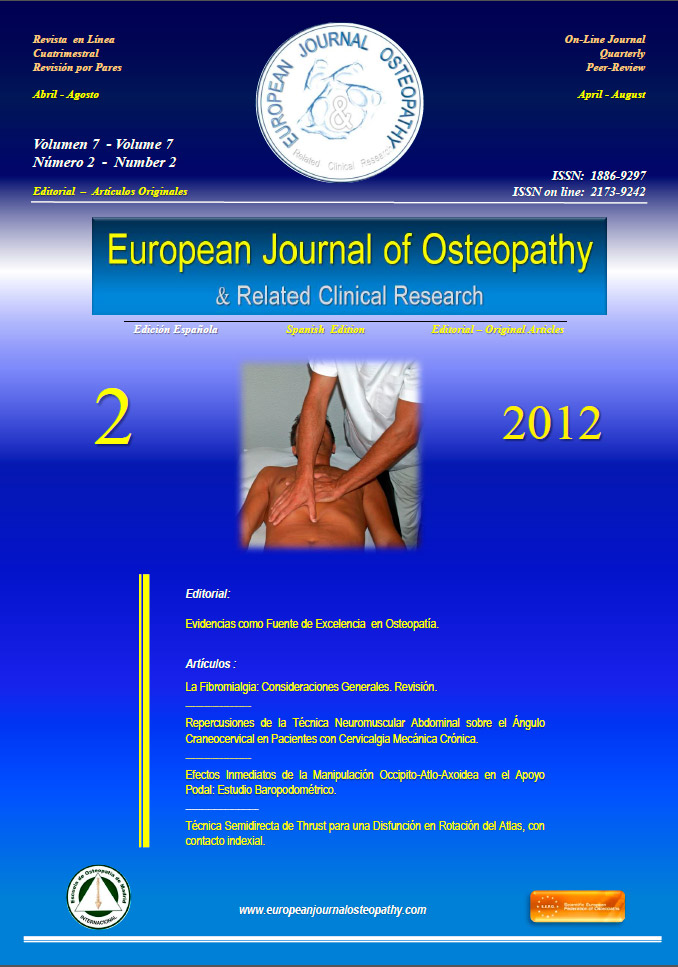By Charlie Velez, GCFP
Today’s martial artists are concerned about what can they do to be more flexible, and injury free. As a martial artist I can appreciate this first hand. After my training in 2001, I started to incorporate Feldenkrais® Awareness Through Movement® lessons in my classes. Many students were hesitant because of the strategy of moving slower, as opposed to moving fast.
After starting with actual lessons addressing functional martial arts moves many students were amazed at how much more coordinated they were. In addition, their injury rates dropped considerably.
One of my strategies is to break down a movement into component parts, and have the student do each part separately. This is an effective idea I learned from my martial arts teacher and is also a key element to the way Moshe Feldenkrais designed his Awareness Through Movement lessons. As a result of my incorporating the Feldenkrais Method® into my classes, students now only spend a quarter of the time warming up, so they have more time for practice.
Joe was a student complaining of chronic back and hip pain. He was unsure if he could return to top form in competition. After a series of Functional Integration® lessons and using mini-Awareness Through Movement sequences before and after training, he recovered completely. By making the connection that kicking is not just about using only the leg, but involves the ribs and pelvis, and where his head is in space, his balance improved and he no longer experienced major pain.
As Bruce Lee said in his epic movie Enter The Dragon, “Don’t think, feel; that is where the secret lies.” As a Feldenkrais practitioner and martial artist, there is no end to the process of learning to use the self in many different ways.
You can incorporate the following Awareness Through Movement sequence into your martial arts workout.
Hip and Torso Integration:
Try an infamous “round kick” on each side. How does it feel for you today?
After starting with actual lessons addressing functional martial arts moves many students were amazed at how much more coordinated they were. In addition, their injury rates dropped considerably.
One of my strategies is to break down a movement into component parts, and have the student do each part separately. This is an effective idea I learned from my martial arts teacher and is also a key element to the way Moshe Feldenkrais designed his Awareness Through Movement lessons. As a result of my incorporating the Feldenkrais Method® into my classes, students now only spend a quarter of the time warming up, so they have more time for practice.
Joe was a student complaining of chronic back and hip pain. He was unsure if he could return to top form in competition. After a series of Functional Integration® lessons and using mini-Awareness Through Movement sequences before and after training, he recovered completely. By making the connection that kicking is not just about using only the leg, but involves the ribs and pelvis, and where his head is in space, his balance improved and he no longer experienced major pain.
As Bruce Lee said in his epic movie Enter The Dragon, “Don’t think, feel; that is where the secret lies.” As a Feldenkrais practitioner and martial artist, there is no end to the process of learning to use the self in many different ways.
You can incorporate the following Awareness Through Movement sequence into your martial arts workout.
Hip and Torso Integration:
Try an infamous “round kick” on each side. How does it feel for you today?
- Lie on your left side, support your head on a pillow or left arm. Right palm on the floor in front of your chest. Both knees are bent, as if you are sitting in a chair.
- Lengthen your right leg in line with your body. Slowly begin to slide your right leg forward, towards your face and back behind you. How far do you go easily?
- Keeping your right leg long, begin to roll your pelvis slightly forward and back (as if you are rolling toward lying on your belly, and then toward lying on your back). Does your leg roll? What does your head want to do? Take a short rest on your side, with your knees bent.
- Lengthen your right leg again. Allow your head to roll forward and back a few times as your pelvis rolls forward and back.
- Continue, now rolling your head in the opposite direction to the movement of your pelvis. How does this feel different than when you keep your head still? Take a rest again. (This allows your nervous system to integrate the changes that are taking place.)
- With your right leg long as before, just roll your torso forward and back. What does your right leg do?
- Now as you roll your torso forward and back, allow your right leg to slide in the opposite direction. Take a short rest.
- Go back to the first movement. With your right leg long, slide it forward toward your face and back behind you. Is there anything new in your experience? Take a rest on your back, and then slowly stand up.
- Execute your favorite round kick. How is it now, compared to the beginning? Lie on your right side. In your imagination. carry out the movements on the other side.
- Good kicking for you!
Charles Velez is a Guild Certified Feldenkrais Practitionercm and martial artist who was inspired by the spirit of Bruce Lee at a early age. He practices Bruce Lee’s Junfan Kung Fu, Muy Thai, Escrima, Wing Chun, and Brazilian ground work. He is also a New York City fireman, and can be reached at: engine79ladder37@aol.com.








 4:28
4:28
 Daniel Enriquez de Guevara
Daniel Enriquez de Guevara




























.jpg)






















0 comentarios :
Publicar un comentario